When it comes to wildlife photography, there are essentially two groups of people. The first group go out, sit, and wait. These are the people who have the patience, skill, and determination, to get that shot.
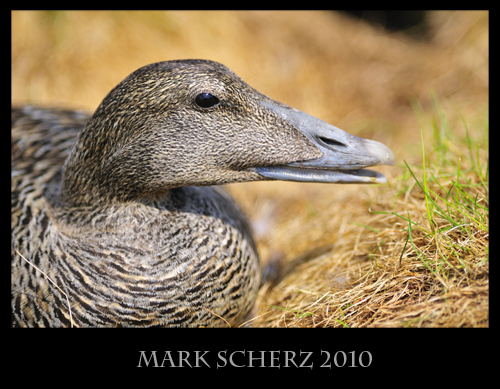
D300 + 300mm VR @ 1/2500s f/2.8
Then there’s the second group. These people claim to be wildlife photographers, but really, they’re zoo photographers. They go to the zoo with their big lenses, and take a few snaps. Though they develop a skill set of their own; shooting through dirty glass etc; their skills are difficult to transfer to the field. They’re opportunistic, impatient, and, unfortunately, spoilt. If the light isn’t working on a particular monkey, they can walk off and shoot a giraffe, or a fish, or a porcupine. They go out every time expecting to come back with results, but the truth is, in real wildlife photography, that’s not a realistic expectation.
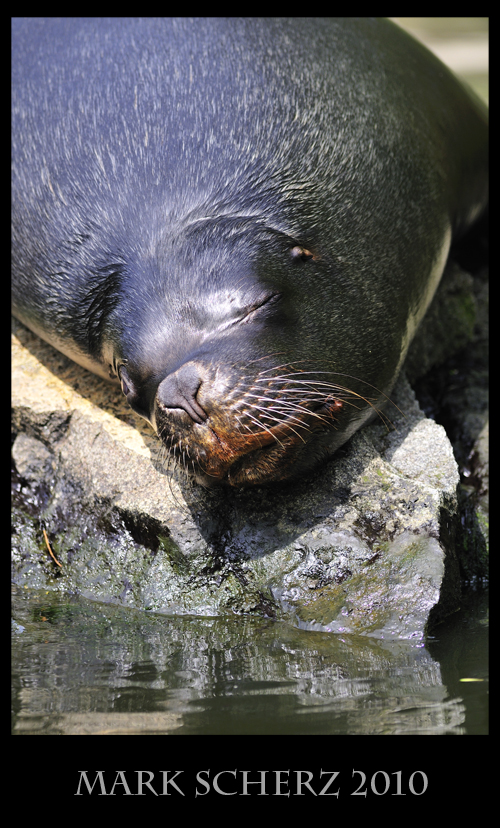
D300 + 300mm VR @ 1/800s f/2.8
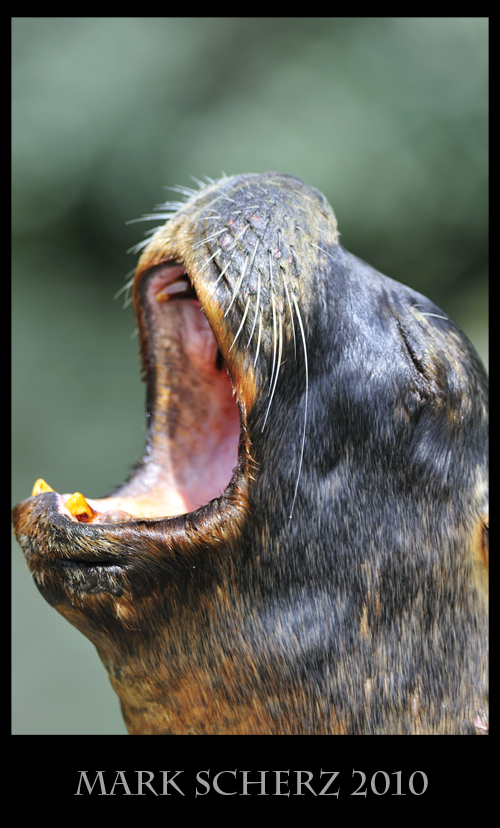
D300 + 300mm VR @ 1/1250s f/2.8
Now, I want to make this perfectly clear: I have nothing against this second group of people. I know a few of them that are absolutely SPECTACULAR photographers. In fact, I find myself somewhere sandwiched between the two groups. I have done a lot of zoo photography, as anyone who has followed this blog for some time will know, but I infinitely prefer shooting wildlife in the field. Why? A huge number of reasons.
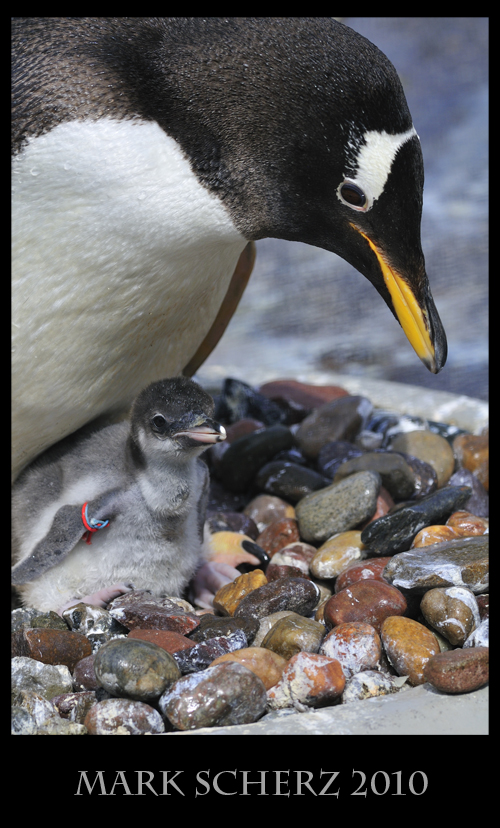
D300 + 300mm VR @ 1/1000s f/6.3
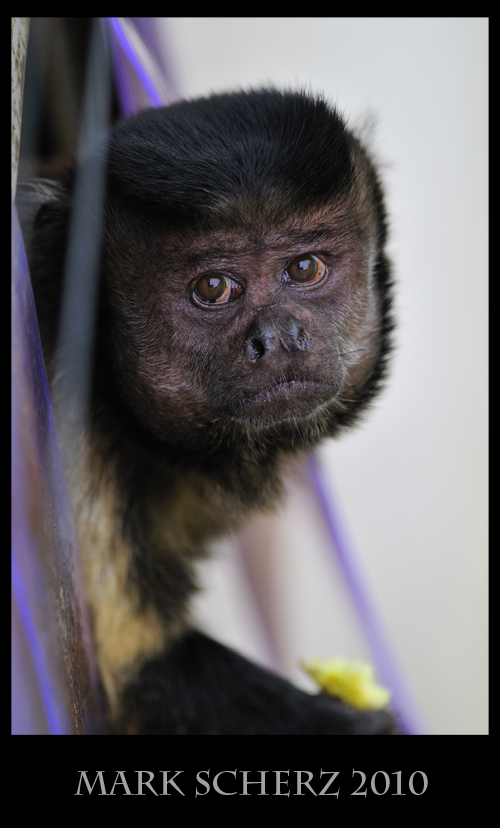
D300 + 300mm VR @ 1/640s f/2.8
First and foremost: Zoos are depressing. Zoos, that is, that are there for the sake of being entertaining. Basel zoo is a prime example of the reason I dislike zoos so much. The bears are kept in pits less than a hundredth of their typical territories. The Great Apes are kept behind steel bars in cages of absolute minimum size. Basel zoo is world famous, but it is a tragedy of human tradition and unwillingness to move forward. There are few zoos I enjoy visiting, but Zurich, Cincinnati and Edinburgh have three of them.
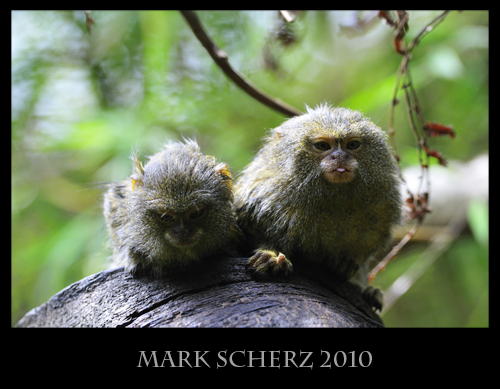
D300 + 300mm VR @ 1/100s f/5
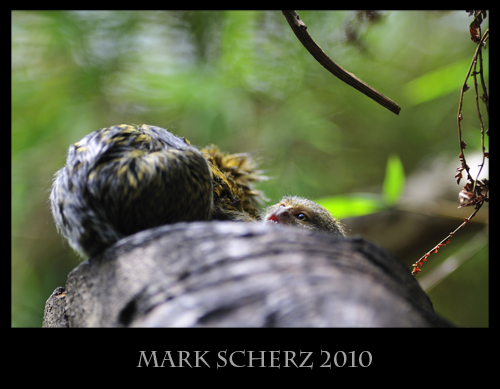
D300 + 300mm VR @ 1/500s f/2.8
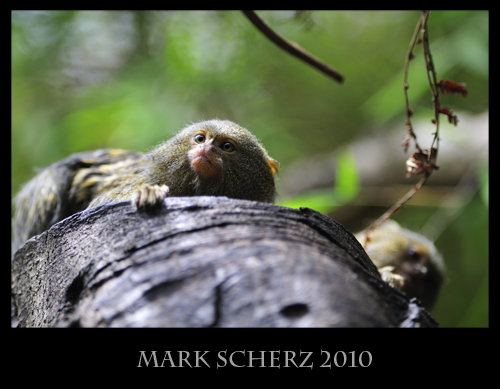
D300 + 300mm VR @ 1/500s f/2.8
Why Edinburgh and not Basel? Edinburgh Zoo is HUGE. I reckon Basel zoo could fit into it two or three times quite comfortably. They are also conducting ground breaking research on their Chimpanzee populations – I got to talk to the researcher leading this project while she was feeding the chimps. Unlike Basel, it seems that they are trying to make moves in the direction of conservation too, though their conservation work is nothing compared to that of Zurich Zoo.
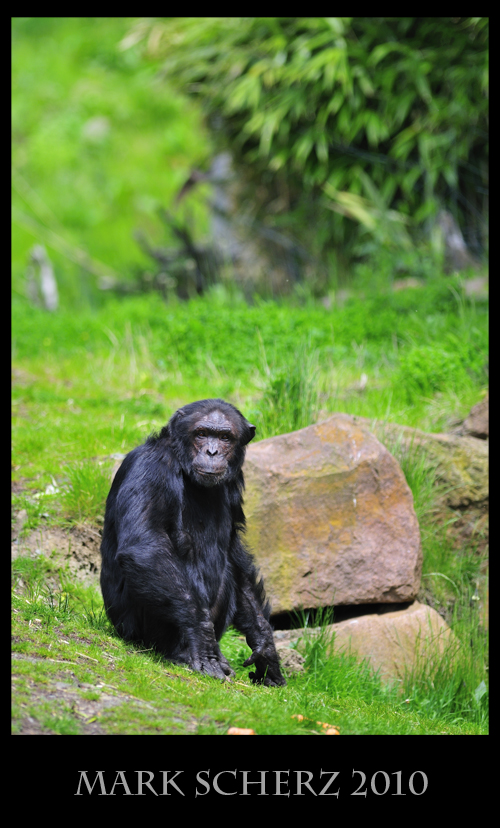
D300 + 300mm VR @ 1/1250s f/2.8
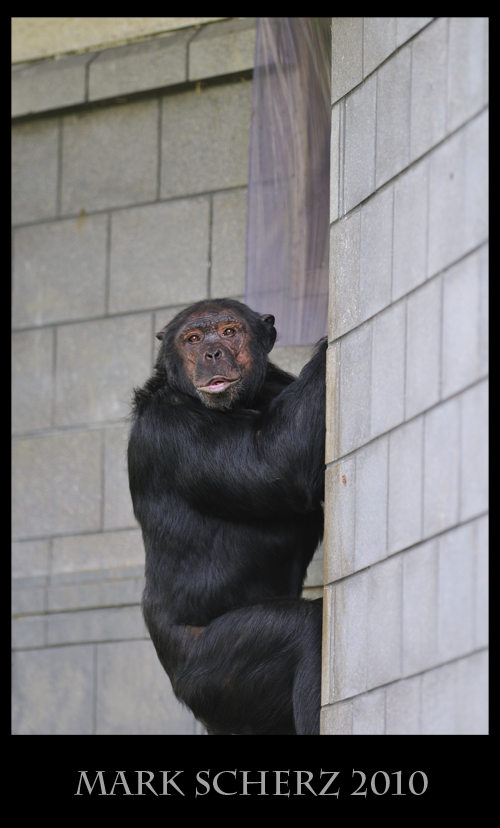
D300 + 300mm VR @ 1/400s f/2.8
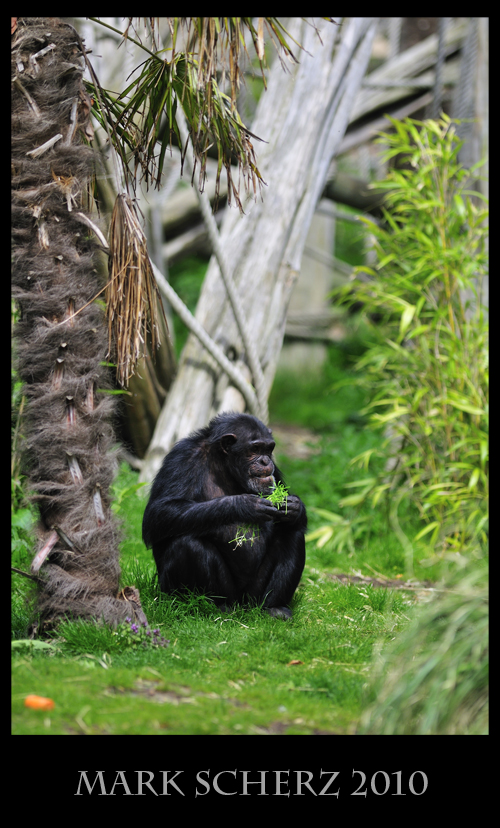
D300 + 300mm VR @ 1/2000s f/2.8
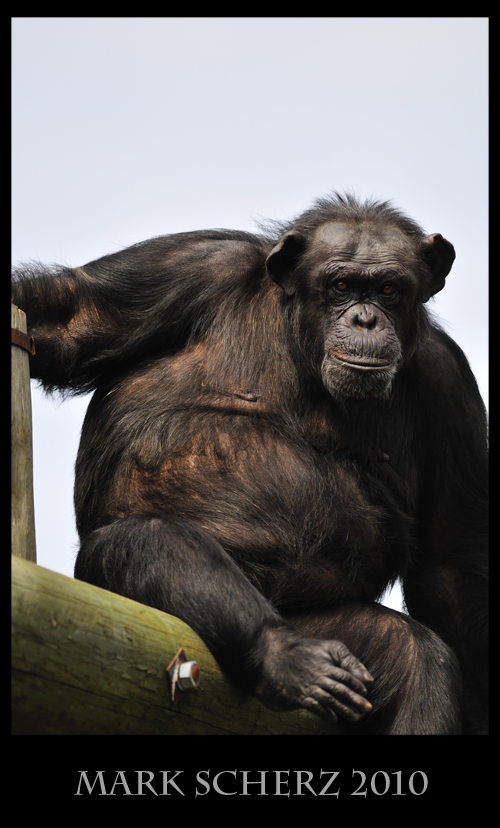
D300 + 300mm VR @ 1/2500s f/2.8
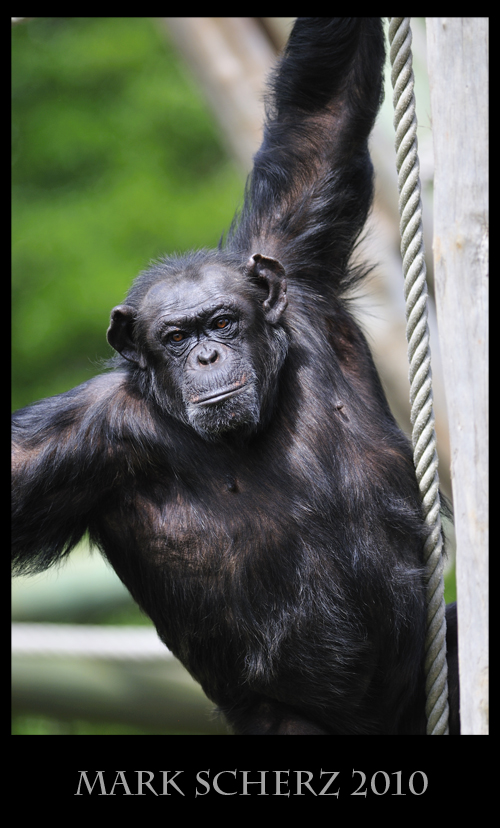
D300 + 300mm VR @ 1/1600s f/2.8
The second reason is that for wildlife photography, shooting in zoos does very little to help, and can in fact be detrimental. If you go to a zoo and sit and watch a creature for hours you can learn something of its behaviour to apply in the field, but you always have to consider that these animals are not wild – they will likely behave completely differently to their wild counterparts. You attain no sense of how difficult it is to track and photograph the animals you see. And most importantly, you will never capture the awe and inspiration you the photographer feel when you find and photograph these spectacular animals in their own habitat. Remember that a wild animal is almost invariably more beautiful and specatcular than a zoo-kept individual.
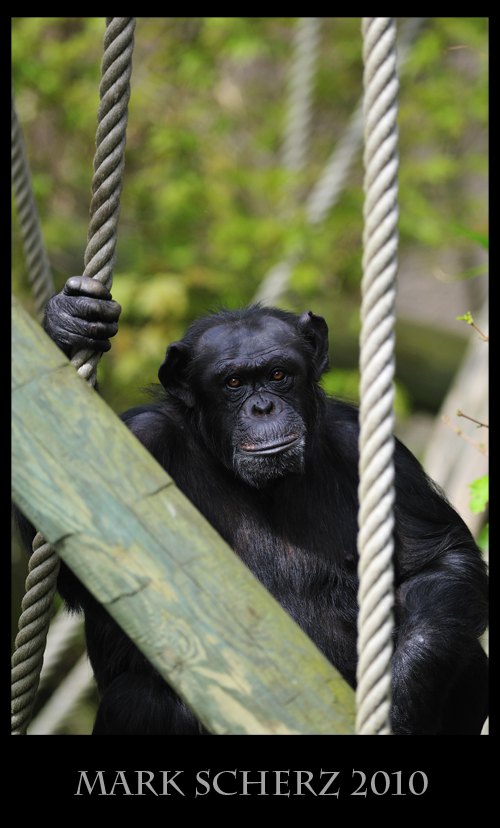
D300 + 300mm VR @ 1/2500s f/2.8
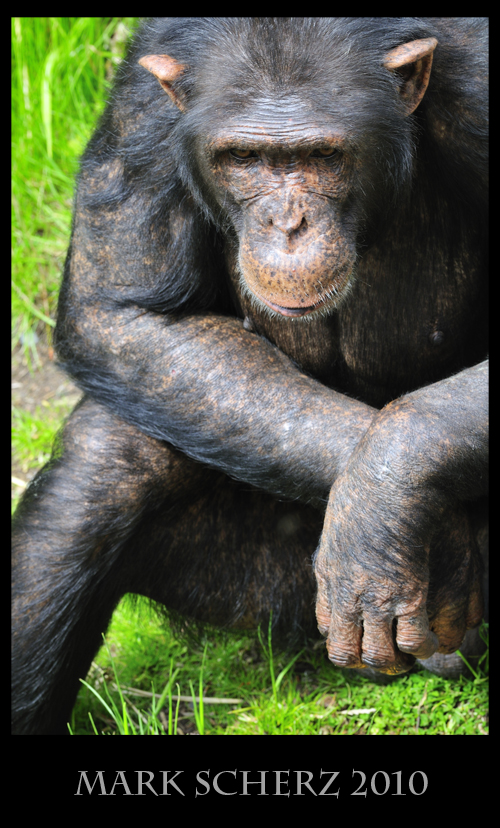
D300 + 300mm VR @ 1/100s f/8
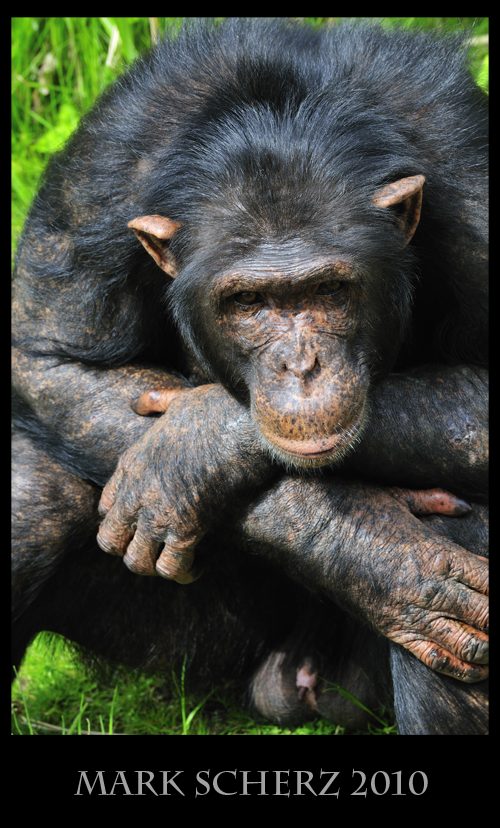
D300 + 300mm VR @ 1/200s f/8
The third reason? I’m a zoologist through and through. No, that doesn’t mean I am going to be a zoo keeper. That means it’s the animals that fascinate me. The way they interact with other animals and other species. When I go to a zoo, as my friends discovered, I can rattle off the latin and common names of almost everything I see. I can tell you where it’s found, what it eats, and other fun facts and statistics. This has always come easily to me. Intellectually, I don’t find zoos a challenge anymore. But when I go out into the field, I am surrounded by things that are new. I learn so much more biology from being in the field with wild animals, than I do in zoos. Behaviour too is new to me, and I store it all away while I’m sitting there watching.
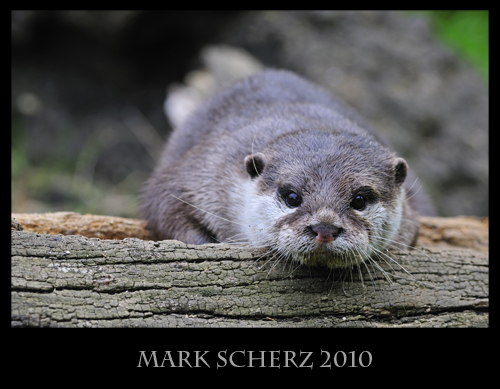
D300 + 300mm VR @ 1/160s f/6.3
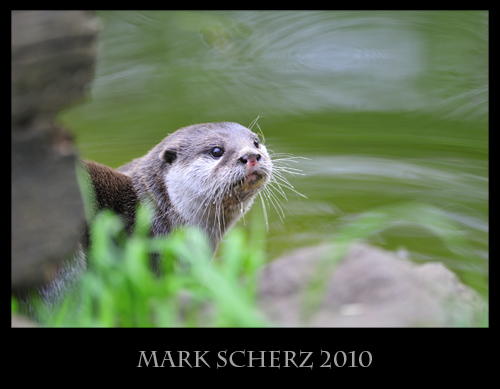
D300 + 300mm VR @ 1/320s f/2.8
So why am I saying all this? Well, I want to encourage you to change it up a bit. Go out and shoot something new, in a new location, under new terms, with new people. If you are one of those people who only ever take pictures of animals in captivity, you are missing out on the excitement that comes with photographing even mundane wild animals.
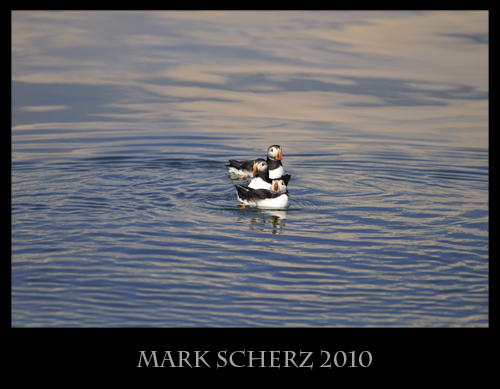
D300 + 300mm VR @ 1/6400s f/2.8
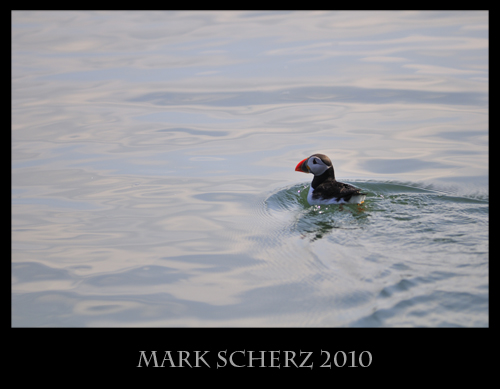
D300 + 300mm VR @ 1/4000s f/2.8
I took a day trip with my friends to Inchcolm Island, in the middle of the Firth of Forth, just north of Edinburgh. The photographic opportunities for bird photographers there are unbelievable, and the experience I gained, invaluable.

D300 + 300mm VR @ 1/4000s f/2.8
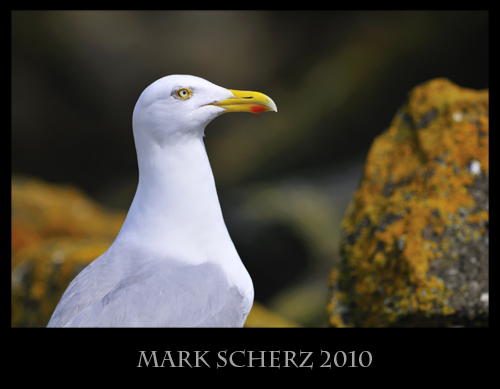
D300 + 300mm VR @ 1/6400s f/2.8
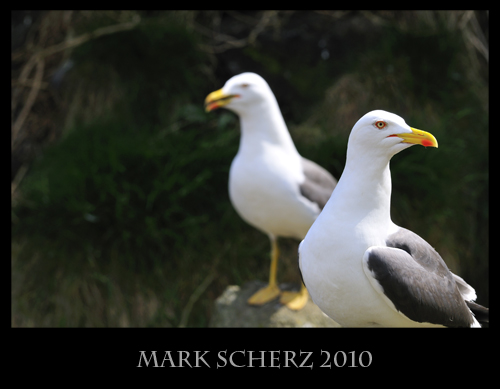
D300 + 300mm VR @ 1/200s f/11
What you have to bear in mind when you go out to shoot wild animals is that you never know how they will behave. Moose Peterson (nikon wildlife photographer extraordinaire) says “You watch any gull long enough and it will do something worth photographing”. Seriously. Go read what he has to say about them. He’s so right.
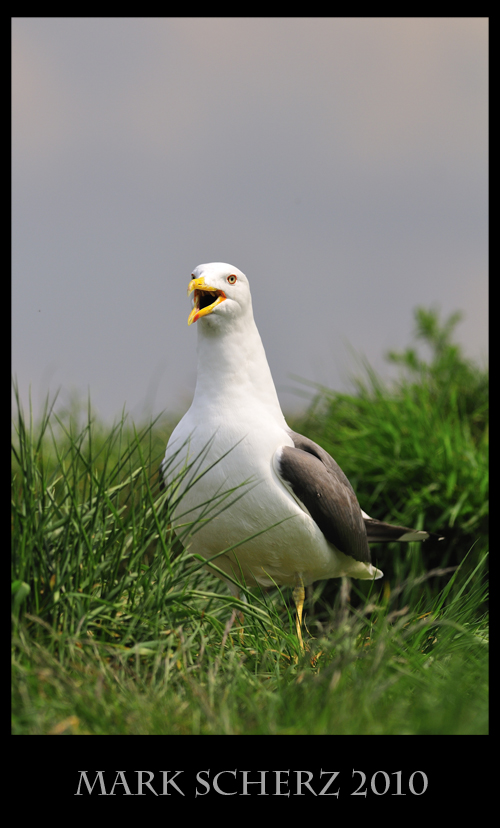
D300 + 300mm VR @ 1/2500s f/4.5
Gulls are everywhere – even as far inland as Switzerland, a land locked country. Go find some! You won’t be disappointed. Indeed, you’d be surprised by how quickly they improve your photography. And they all have that wildness about them. Sure they’re not as pretty as a Demoiselle crane, or as interesting as a Tapir, but they carry the challenge still of capturing the essencce of that wild animal.
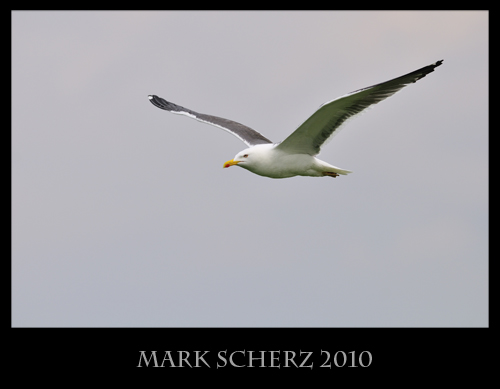
D300 + 300mm VR @ 1/1600s f/4.5
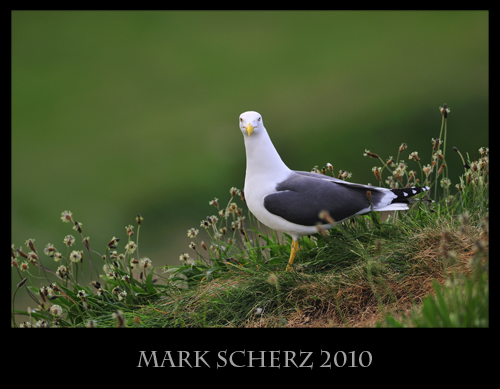
D300 + 300mm VR @ 1/1250s f/2.8
I would trade an hour of shooting in a dry zoo for an hour sitting on a crap-covered hill in the wind shooting a colony of gulls ANY day.
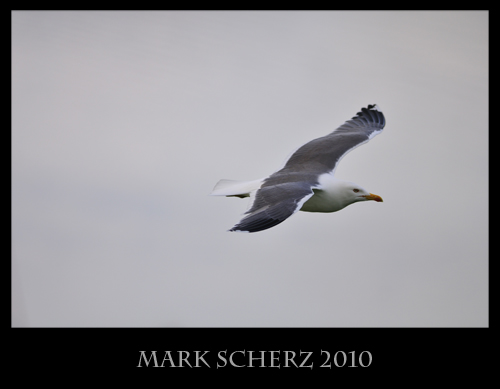
D300 + 300mm VR @ 1/2500s f/2.8
This by the way was manually overridden – full manual focus on panning birds is HARD.
So I leave you in the hope that you too will go out into a nearby forest, or to the coast at low tide, and just observe and photograph some of your local biology. It’s harder than going to a zoo, but far, far more rewarding.
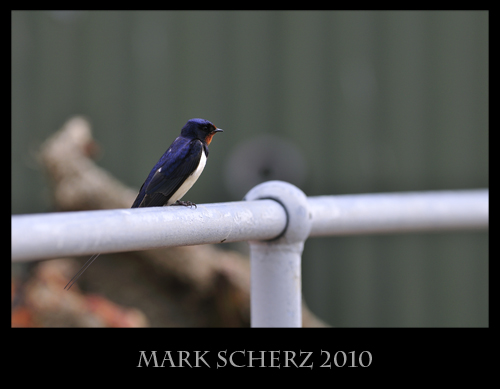
D300 + 300mm VR @ 1/500s f/4.5
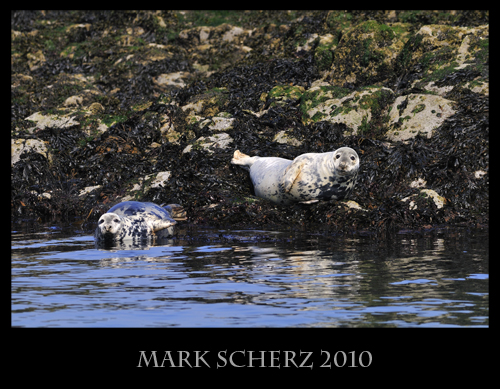
D300 + 300mm VR @ 1/800s f/2.8


But sir,
Zoologist has the word “Zoo” in it.
thats all,
Alex
Ah, yes. The zoo word. I too prefer to experience nature IN nature. Not the sterile and cleaned up world our young are presented with. A walk on concrete to view the animal(s) then back to the mini van to watch videos or play games on the way home. Do their feet ever touch grass?
Just think about how we treat nature for the sake of preserving it.
Dee, student of Biology
You have some nice images here.
Last year i went to the Ueno Zoological Gardens in Tokyo, the oldest zoo in Japan, it was terrible and I felt sorry for the animals there. But we have some wonderful Zoos here in Australia, Sydney Zoo, Dubbo open range zoo, Werribee open range zoo, Australia Zoo.
I find zoos great for photography, as long as they have satisfactory accomodation for the animals and birds, sadly the Ueno zoo did not.
Hey! So I was stumbling and came across your site and was like that name is familar…ohmygosh! haha You are VERY talented Mark. Keep it up 🙂
Pingback: The Zoo Issue « Shutters and Technicalities